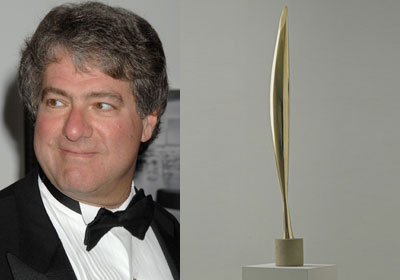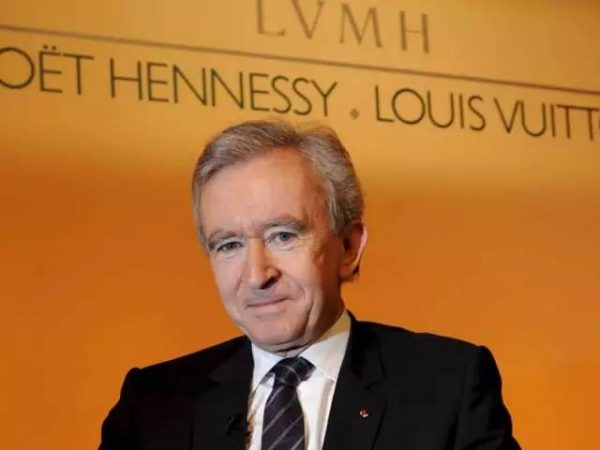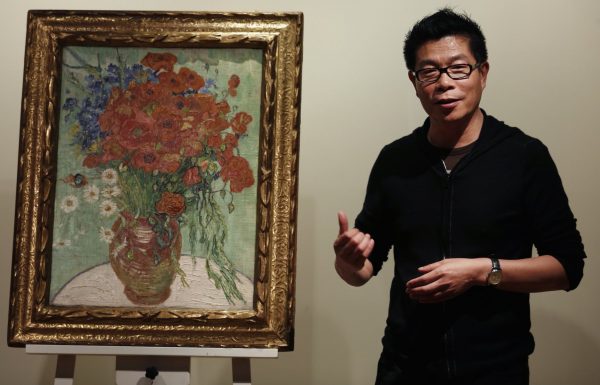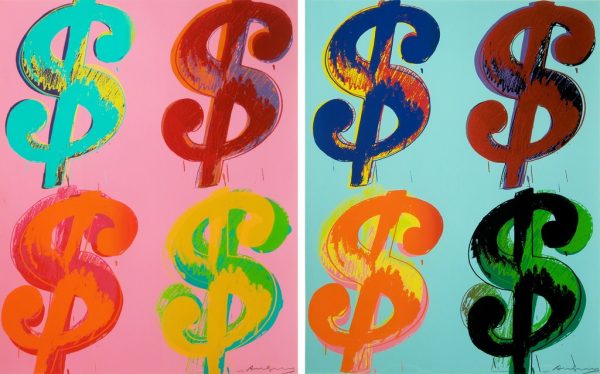In the past two centuries, many successful enterprises & power figures in the world are relating themselves with Art. Among them are famous families such as the Rockefeller family, the Ross Charles family; luxury groups and big corporations such as BMW, Mercedes-Benz, MontBlanc, LVMH, Gucci, Prada, Swatch, Martell, Hugo Boss, Cartier, LVMH, IBM, Samsung. A large number of financial institutions such as the Swiss bank, Deutsche Bank, Citibank are also actively encroaching on art sponsorship and collection.
American Financier Leon Black and his wife Debra Blake paid 27 million US dollars in 2005 for ‘Bird in Space’ by Constantin Brancusi. This work is one of the highest price paid for a sculpture in auction.

Bernard Arnault, CEO of LVMH Group, spent $166 million to build his private art museum.

In 2014, China’s top movie mogul, Wang Zhongjun, founder of the famed Huayi Brothers, bought Van Gogh’s ‘Daisy’ for $377 million in Sotheby’s auction.

The role of art is changing. Art is no longer just appreciated for its aesthetic value and the expression of its lofty ideals but as an investment. Developments within the art market over the last ten years globally have been followed almost as closely as those within the stock market. Prices paid for pieces have gained international publicity and art as an object of investment has become particularly alluring . The art industry has really come of age; it is now worth over 3 trillion and has an annual turn over of 30 billion. It has its own indexes for tracking performance showing that returns are just as attractive if not better in art than the stock market. Art has become the new hip must-have investment.
Indices tracking the performance of fine art have held up well in the recent economic slowdown with auction houses continuously reporting record prices. With uncertain stock market returns and interest rates at their highest in decades, investors are now consideein alternative investment avenues.
Art as an investment has an increasing demand coupled with an absolutelt limited supply and the ability to survive the economic downturn. Although putting money into art is to as straitghtforwsd as investing in bonds or equities, the market is attracting increasing interest as Art is an asset in a class of its own. It is seen in the financial community as an attractive investment and it often outperforms more conservative investments.

As investors take on a more hands-on approach to wealth management and portfolio diversification and with heightened exposure to alternative investments, the world’s wealthiest are looking to find adventures in new territories.
The relationship between supply and demand for art is very similar to luxury goods. to begin with, there is limited supply, giving art a higher value, Secondly, exclusivity that comes with art often leads to higher prices, thus having an effect on the demand curve.
*extracted from the article ‘Art as an alternative investment asset’ by Raya Mamarbachi, Marc Day and Giampiero Favato. Images courtesy of the internet.
